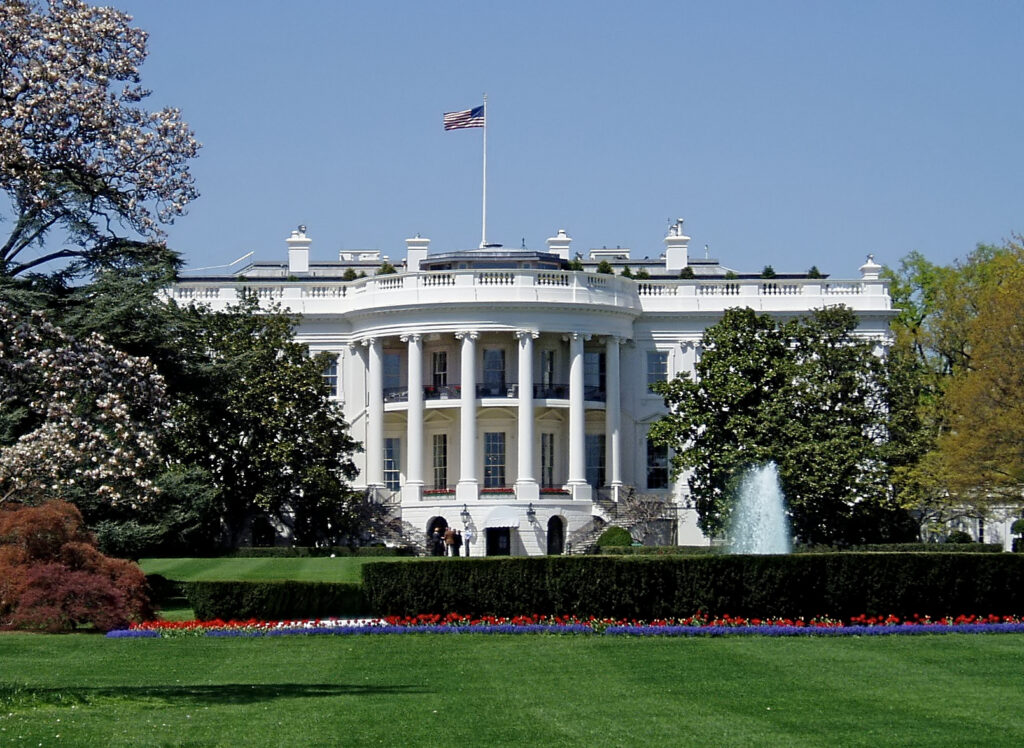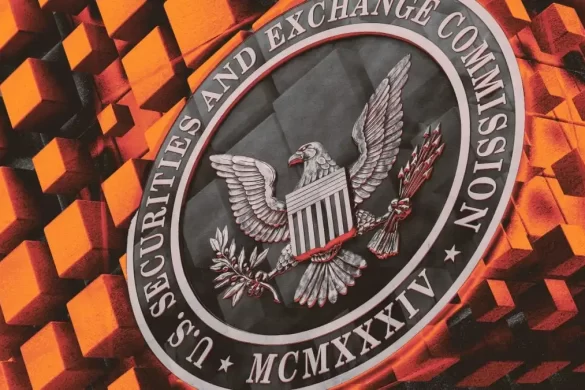On Tuesday Feb.14, the White House Office of Science and Technology Policy (OSTP) published a paper outlining critical and emerging technologies (CET). These are considered important for national security. DLT, digital assets and digital identity made it onto the list.
“It will also be a useful resource as we continue to engage allies and partners to ensure that CETs yield tangible benefits for society and are aligned with our democratic values,” said OSTP Deputy Director for National Security Stephen Welby.
While artificial intelligence (AI) unsurprisingly made it into the top 18 categories, digital assets and DLT were buried under “Data Privacy, Data Security, and Cybersecurity Technologies”.
That category also includes digital payment technologies and digital identity. The last time the OSTP published the list was two years ago. On that occasion, those four items were classified as ‘financial technologies’. “In the next decade, critical and emerging technologies are poised to retool economies, transform militaries, and reshape the world,” said a White House statement.
“The United States is committed to a future where these technologies increase the security, prosperity, and values of the American people and like-minded democracies.” A different arm of the White House, the Council of Economic Advisers, is not so keen on the technologies.
Last year, as Part of the President’s Economics report, it was critical of blockchain technology, not just cryptocurrency. For example, they wrote, “many prominent technologists have noted that distributed ledgers are either not particularly novel or useful.” Meanwhile, the OSTP has previously leaned into these topics. In 2022 it clarified the design options for a digital dollar central bank digital currency (CBDC).
As we previously noted, a U.S. retail CBDC faces an uphill battle for Congressional approval. Pretty much all Republicans opposed it and a few Democrats fear its impact on bank lending.




